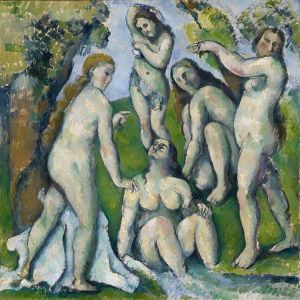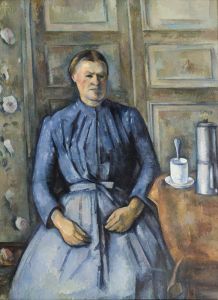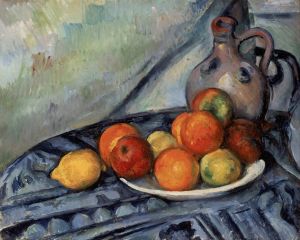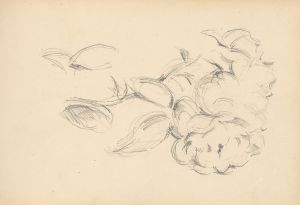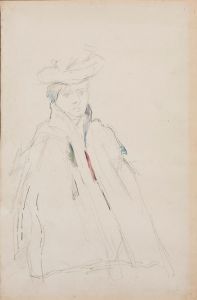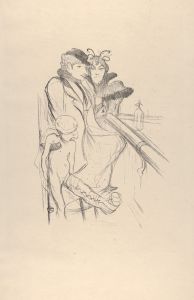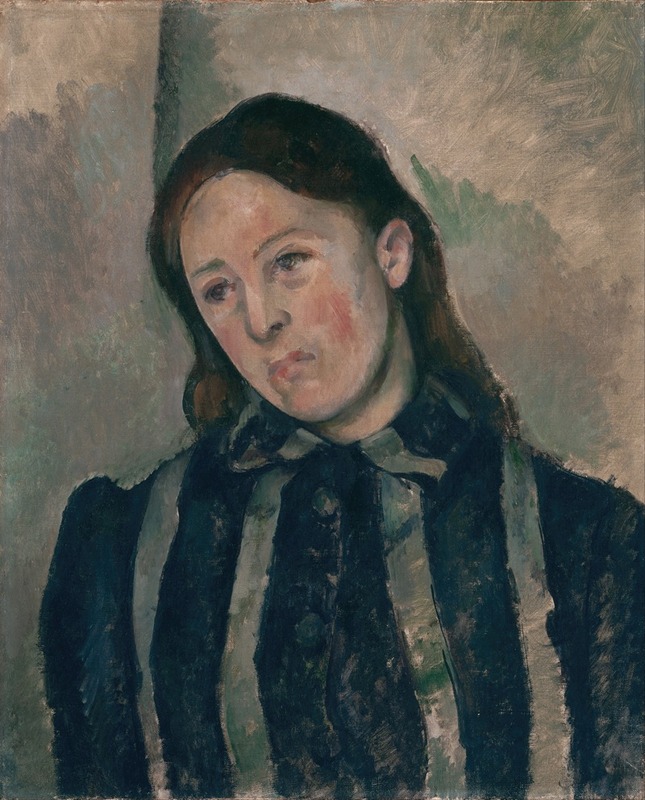
Portrait of Madame Cézanne
A hand-painted replica of Paul Cézanne’s masterpiece Portrait of Madame Cézanne, meticulously crafted by professional artists to capture the true essence of the original. Each piece is created with museum-quality canvas and rare mineral pigments, carefully painted by experienced artists with delicate brushstrokes and rich, layered colors to perfectly recreate the texture of the original artwork. Unlike machine-printed reproductions, this hand-painted version brings the painting to life, infused with the artist’s emotions and skill in every stroke. Whether for personal collection or home decoration, it instantly elevates the artistic atmosphere of any space.
Paul Cézanne's Portrait of Madame Cézanne is a series of oil paintings created by the French Post-Impressionist artist Paul Cézanne between the late 1870s and the 1890s. These portraits depict Hortense Fiquet, Cézanne's wife and frequent model, and are considered significant works in the artist's career. Cézanne painted at least 29 known portraits of Hortense, showcasing her in various poses, settings, and moods. These works are notable for their exploration of form, color, and structure, reflecting Cézanne's innovative approach to portraiture and his broader contributions to modern art.
Hortense Fiquet, born in 1850, met Cézanne in the early 1860s, and the two began a long-term relationship. They married in 1886, after having been together for over 17 years. Despite their personal relationship, Cézanne's portraits of Hortense are often described as emotionally distant, focusing more on the formal qualities of painting rather than on capturing her personality or emotional state. This detachment is characteristic of Cézanne's artistic style, which prioritized the study of shapes, volumes, and the interplay of light and color over traditional notions of realism or sentimentality.
The Portrait of Madame Cézanne series exemplifies Cézanne's methodical and deliberate approach to painting. He often worked slowly, carefully building up layers of paint to create a sense of depth and solidity. In these portraits, Hortense is typically depicted seated, with a calm and composed expression. The backgrounds are often simplified, drawing attention to the figure and emphasizing Cézanne's interest in geometric forms and spatial relationships. The interplay of color and brushwork in these paintings reflects Cézanne's transition from Impressionism to a more structured and analytical style, which would later influence movements such as Cubism.
One of the most famous works in this series is Madame Cézanne in a Red Dress, painted around 1888-1890. This painting is housed in the Metropolitan Museum of Art in New York. In this piece, Hortense is shown seated against a patterned background, wearing a vibrant red dress. The composition highlights Cézanne's use of bold colors and his focus on the structural arrangement of forms. Another notable work, Madame Cézanne in a Yellow Chair, is part of the collection at the Museum of Fine Arts in Boston. Each portrait in the series offers a unique perspective on Cézanne's evolving artistic techniques and his enduring interest in the human figure as a subject.
The Portrait of Madame Cézanne series is widely regarded as a cornerstone of Cézanne's oeuvre and a pivotal contribution to the development of modern art. These works demonstrate his ability to transform traditional portraiture into a study of form and abstraction, paving the way for future generations of artists. Today, the portraits remain celebrated for their innovative approach and their role in shaping the trajectory of 20th-century art.









